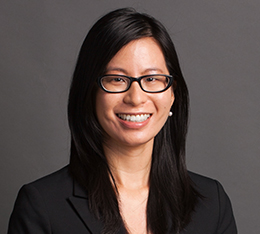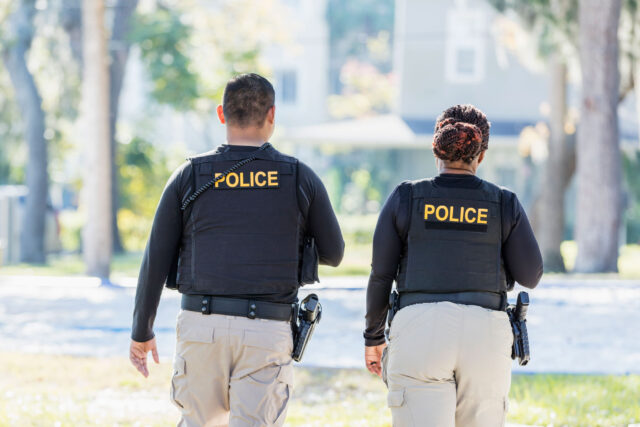Traffic stops have recently emerged as a key driver of racial disparities in policing and an area of potential reform. Last week, PPIC policy director Magnus Lofstrom presented findings from a new report, and a panel of state and local experts, moderated by PPIC research associate Brandon Martin, discussed potential ways to reduce inequities in traffic stops without jeopardizing public safety.
PPIC’s new report shows that the largest racial disparities occur during nighttime traffic stops by local police and sheriff departments, as opposed to the California Highway Patrol. For example, Black drivers account for about a third of traffic stops made by police departments in the hours around midnight, despite making up only 6% of the statewide population.
Chief Abdul D. Pridgen of the San Leandro Police Department did not find these results surprising. “In every institution in America, there are disparities for Black people and people of color,” he said. “It’s an opportunity to have conversations with our communities about ways to mitigate these disparate impacts.”
Some California cities, including Los Angeles, San Francisco, and Berkeley, have proposed changing enforcement for non-moving violations such as lack of registration or improper display of a license plate. The primary goal of these often-controversial efforts is to limit “pretextual” stops, in which minor traffic violations are used as justification to investigate drivers for contraband or other crimes. Such stops are “woefully inefficient” at improving public safety, said Adrienna Wong, senior staff attorney at the ACLU of Southern California. The state’s 15 largest law enforcement agencies made 905 traffic stops in which firearms were confiscated in 2019, or 0.03% of all traffic stops, according to PPIC’s report.
While implicit bias training for officers has gained popularity, research support of its effectiveness is not strong. Assemblymember Kevin McCarty, who represents the Sacramento area, pointed to other more-promising reforms, such as the law passed last year that raises age and education standards for officers. Research shows that law enforcement officers who start the academy when they are older and with more education, such as an associate or bachelor’s degree, are less likely to run into trouble with use-of-force incidents, he added.
Another approach to address racial bias is reducing officer discretion through red-light cameras or other automated methods. However, Wong cautioned that disproportionate deployment of automated devices in low-income neighborhoods could end up compounding inequities for these communities.
In the last several years, new statewide data collection requirements have shined a light on disparities in policing. Jurisdictions are empowered to use that data to come up with their own solutions, said Pridgen. However, there should be a way for the legislature or the California Department of Justice to hold departments accountable if no progress is being made, he noted. “At the end of the day, the outcomes need to change.”




